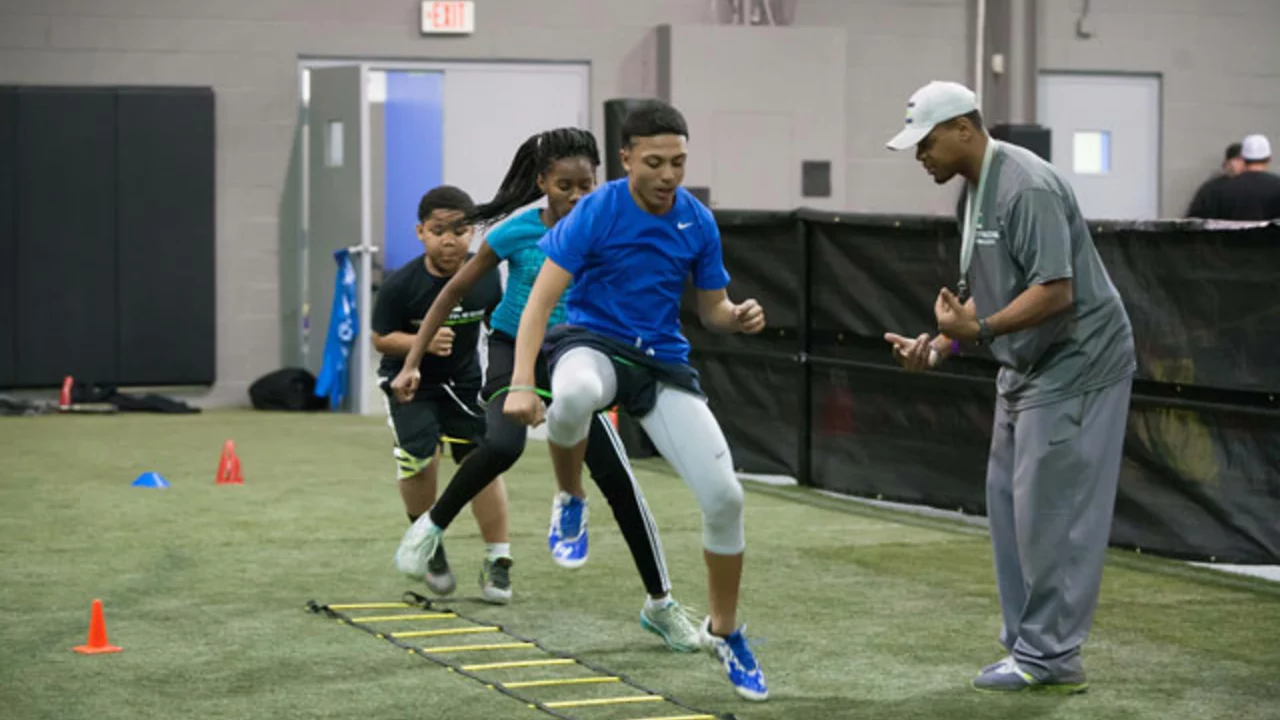Teaching Methods: Learn Sports Faster
If you’re new to a sport or just want to get better at understanding the game, the right teaching method makes all the difference. You don’t need a PhD in coaching – just a clear plan, a few simple tools, and a bit of practice. Below we break down how to pick a method that works for you, whether you’re watching baseball on TV, playing basketball with friends, or coaching a youth soccer team.
Why Good Teaching Matters
Bad explanations leave you confused, and you’ll end up missing the fun. Good teaching shows you the “why” behind each rule, so you can predict what comes next. For example, in baseball, learning why a pitcher throws a change‑up helps you spot the pitch before it hits the plate. In basketball, understanding why a player moves without the ball opens up better passing lanes. When you get the logic, the moves become second nature.
Another big win is confidence. Knowing the basics lets you join conversations, cheer louder, and even try new moves without feeling embarrassed. Confidence fuels more practice, and more practice leads to real improvement. It’s a simple loop that starts with the right teaching approach.
Easy Techniques to Master Any Sport
1. Break It Down into Small Steps. Take a game and split it into bite‑size pieces. In football, start with the snap, then the pass, then the run. In soccer, focus first on dribbling, then shooting, then defending. Master each piece before moving on. This prevents overwhelm and builds a solid foundation.
2. Use Visual Aids. Diagrams, video clips, and even simple sketches help you see patterns. Watching a short highlight reel of a basketball pick‑and‑roll while pausing to note player positions makes the play easier to remember than just reading a description.
3. Practice with a Partner. Two heads are better than one. Pair up for drills that simulate real game situations. In baseball, practice fielding ground balls together and call out the play. In volleyball, rotate serves and give instant feedback. Real‑time interaction reinforces learning fast.
4. Teach What You Learn. Explaining a rule to a friend forces you to clarify your own understanding. Try describing a baseball bullpen strategy to a non‑fan – if you can make them get it, you’ve nailed the concept.
5. Keep a Quick Reference Sheet. Jot down key terms, positions, and common plays. A one‑page cheat sheet for basketball might list “pick‑and‑roll,” “iso,” and “transition.” Glance at it before games or practice to refresh your memory.
These techniques work across sports because they focus on clarity, repetition, and active involvement. Pick the ones that feel natural and mix them as you go. The goal isn’t to become a coach overnight, but to watch, play, and enjoy the game with a deeper understanding.
So, next time you sit down to watch a game, try one of these methods. Spot the pattern, ask a friend to explain a confusing call, or pull out that cheat sheet. You’ll notice the game’s flow quicker, and the excitement will rise with every new insight.
Effective Coaching - Teaching methods to improve athletic performance

Alright folks, so here's the skinny on effective coaching that turbocharges athletic performance. First, it's all about personalized training - think of it as a tailor-made suit, but for your muscles! Then, there's the mental game. A good coach doesn't just shape athletes, they build champions in the mind. Lastly, remember that feedback is the breakfast of champions. If it's constructive, munch it down like your favorite cereal! So, in a nutshell: customize, inspire, and communicate. It's as simple (and as complex) as that!
- August 3 2023
- Maverick Sterling
- 0 Comments